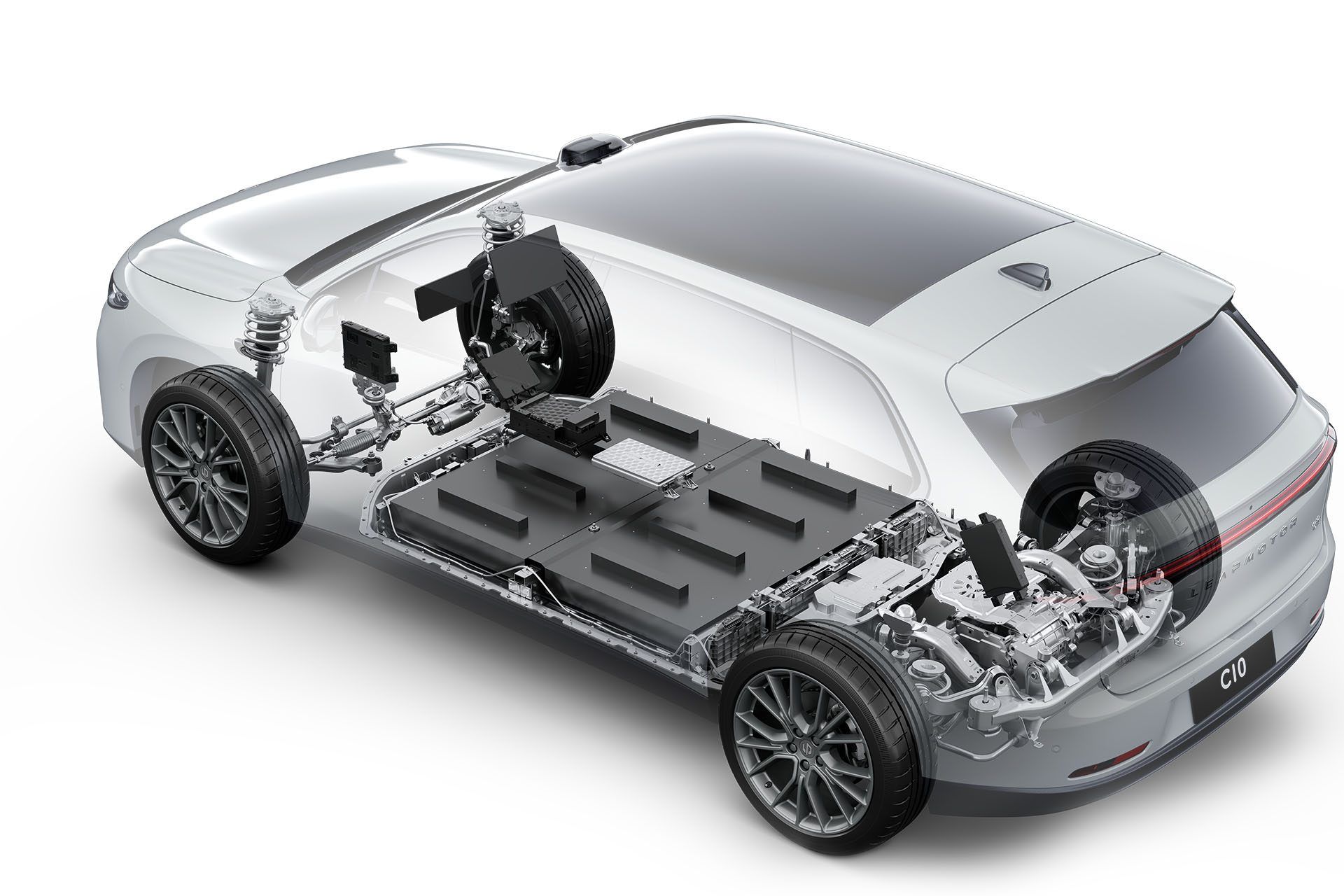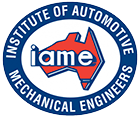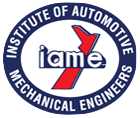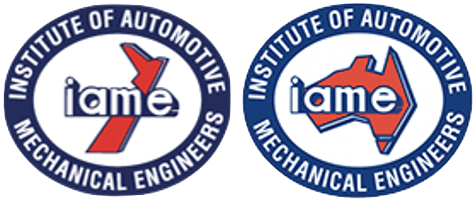Key Technologies Fueling the Generative AI Revolution in Motor Vehicles
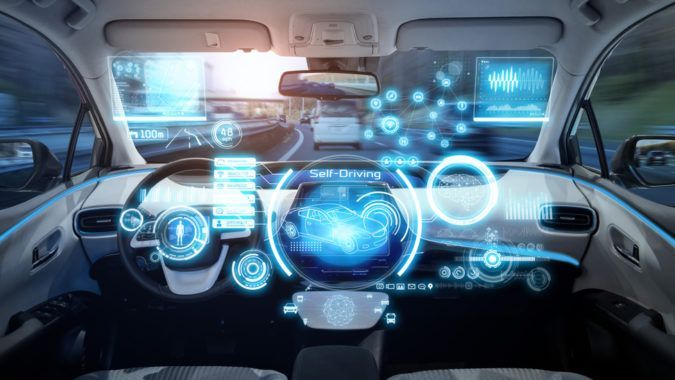
The automotive industry is undergoing a radical transformation, with advanced technologies reshaping not only the way we drive but also how vehicles are designed, manufactured, and maintained. One of the most significant drivers of this change is generative artificial intelligence (AI). A diverse set of generative AI technologies, including Transformers, Generative Adversarial Networks (GANs), Variational Autoencoders (VAE), and Diffusion Networks, are revolutionizing the motor vehicle sector. In this article, we'll explore how these key technologies are making waves in the automotive world.
Transformers: Pioneering Language Models
Transformers, initially designed for natural language processing (NLP) tasks, have found innovative applications in the automotive industry. These models, with their exceptional ability to understand and generate text, have been adapted for tasks like autonomous vehicle perception, natural language interfaces for in-car infotainment systems, and even predictive maintenance.
For example, Transformers can process large volumes of sensor data from vehicles and external sources, providing real-time insights into road conditions, traffic, and potential hazards. This enables safer and more efficient driving experiences. Moreover, Transformers are instrumental in enhancing voice recognition systems within cars, making it easier for drivers to interact with their vehicles.
Generative Adversarial Networks (GANs): Crafting Realistic Designs
Generative Adversarial Networks (GANs) have gained prominence in the automotive industry for their ability to create highly realistic, synthetic data. In vehicle design and prototyping, GANs are leveraged to generate lifelike 3D models, enabling manufacturers to iterate and refine their designs swiftly.
Moreover, GANs assist in simulating various driving scenarios and environments. This is particularly valuable in training autonomous vehicles, as it allows them to navigate virtual worlds before hitting the road. GANs also contribute to the development of advanced driver-assistance systems (ADAS) by simulating scenarios that test these systems' capabilities and robustness.
Variational Autoencoders (VAE): Optimizing Manufacturing and Maintenance
Variational Autoencoders (VAE) are indispensable for optimizing manufacturing processes in the automotive industry. These models enable the generation of high-quality synthetic data, which can be used for simulating assembly line operations, testing equipment, and identifying potential bottlenecks or inefficiencies.
Furthermore, VAEs facilitate predictive maintenance, a crucial aspect of vehicle reliability and cost-effectiveness. By analyzing sensor data and maintenance logs, VAEs can predict when components are likely to fail, allowing for proactive maintenance to prevent costly breakdowns and downtime.
Diffusion Networks: Enhancing Security and Privacy
Diffusion Networks are emerging as a powerful tool to enhance cybersecurity and data privacy in motor vehicles. These models can anonymize and protect sensitive information collected by connected vehicles, such as location data, driver behavior, and biometric information.
By applying diffusion techniques, automakers can ensure that data is shared securely with external services while preserving user privacy. This is especially important as vehicles become more connected and reliant on cloud-based services.
The generative AI revolution is reshaping the motor vehicle industry, offering a multitude of benefits from design and manufacturing to driving and maintenance. Technologies like Transformers, GANs, VAEs, and Diffusion Networks are pivotal in advancing vehicle safety, efficiency, and user experience. As these technologies continue to evolve, we can expect further innovations that will make our cars smarter, safer, and more sustainable in the years to come. The automotive industry's embrace of generative AI is not just a trend; it's a transformation that is here to stay.
